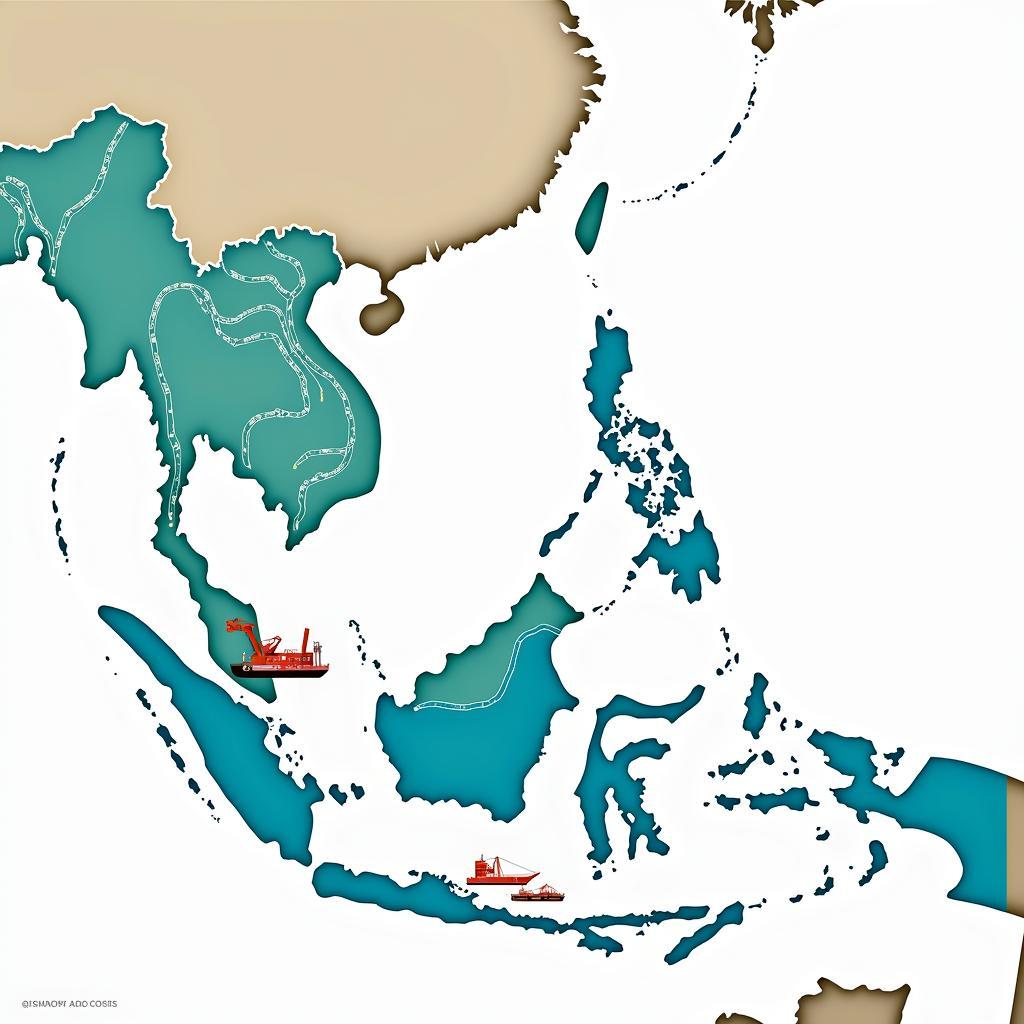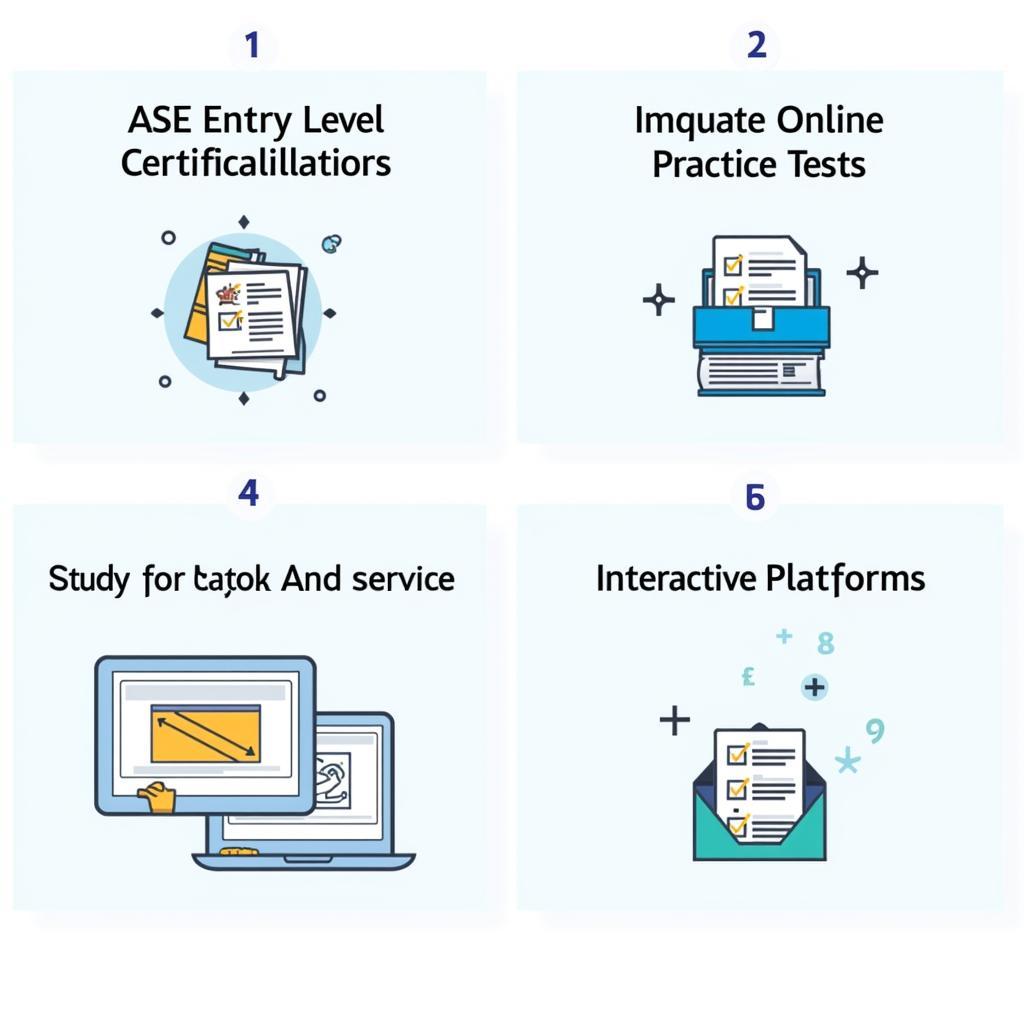Ase Peer collaboration is crucial for fostering innovation and growth within the ASEAN region. This collaborative spirit, often seen in action through initiatives like the ASEAN Business Award, encourages the sharing of knowledge, resources, and best practices amongst individuals and organizations across Southeast Asia. This interconnectedness helps to address common challenges, promote economic development, and ultimately strengthens the ASEAN community as a whole.
The Power of Shared Knowledge: How ASE Peer Collaboration Drives Innovation
At its core, ASE peer collaboration thrives on the open exchange of ideas and expertise. By connecting individuals and organizations with their counterparts in other ASEAN nations, new perspectives are introduced, and innovative solutions can emerge. This exchange is particularly valuable in sectors like technology, where rapid advancements necessitate constant learning and adaptation.
 ASEAN Tech Collaboration
ASEAN Tech Collaboration
For example, a start-up in Vietnam developing sustainable agricultural technologies can benefit immensely from connecting with experienced agricultural businesses in Thailand. Sharing insights on local farming practices, climate challenges, and market demands can help the Vietnamese start-up tailor its solutions for greater impact and reach a wider audience.
ASE Peer Collaboration: A Catalyst for Economic Growth
Beyond fostering innovation, ASE peer collaboration plays a vital role in propelling economic growth within the ASEAN region. By facilitating cross-border partnerships and investments, collaborative initiatives create new market opportunities for businesses of all sizes. This interconnectedness helps to strengthen regional supply chains, attract foreign direct investment, and boost overall economic competitiveness on the global stage.
The development of regional infrastructure projects, such as the ASEAN Highway Network, exemplifies the economic benefits of collaboration. By working together, ASEAN nations can create more efficient transportation routes, reducing costs for businesses and facilitating the movement of goods and services across borders. This interconnectedness not only stimulates economic activity but also strengthens ties between ASEAN countries.
 ASEAN Infrastructure Project
ASEAN Infrastructure Project
Building a Stronger ASEAN Community Through ASE Peer Collaboration
Beyond its economic impact, ASE peer collaboration fosters a stronger sense of community and shared identity among ASEAN nations. By working together on shared challenges, from climate change to disaster management, individuals and organizations develop a deeper understanding and appreciation for the diverse perspectives and strengths within the region.
Collaborative programs that focus on cultural exchange, such as youth leadership summits or artist exchange programs, further enhance this sense of unity. These initiatives provide platforms for individuals to connect on a personal level, breaking down stereotypes and building bridges of understanding across cultural divides.
Conclusion
ASE peer collaboration is an essential driving force for positive change within the ASEAN region. By embracing the spirit of collaboration, individuals, businesses, and governments can unlock a future defined by innovation, economic prosperity, and a stronger, more unified ASEAN community. As the region continues to evolve and face new challenges, the importance of ASE peer collaboration will only continue to grow, shaping a brighter future for Southeast Asia and its people.
FAQ
1. What are some examples of successful ASE peer collaboration initiatives?
Several successful ASE peer collaboration initiatives span various sectors, including the ASEAN-Korea Startup Week, the ASEAN University Network, and the ASEAN Centre for Biodiversity.
2. How can individuals get involved in ASE peer collaboration?
Individuals can engage in ASE peer collaboration through various avenues, like participating in ASEAN-focused conferences, volunteering for regional organizations, or joining online communities dedicated to ASEAN issues.
3. What is the role of technology in promoting ASE peer collaboration?
Technology plays a crucial role in bridging geographical distances and facilitating communication among ASEAN members. Online platforms, virtual meetings, and collaborative software are instrumental in enhancing ASE peer collaboration.
4. How does ASE peer collaboration contribute to achieving the ASEAN Community Vision 2025?
ASE peer collaboration is integral to achieving the ASEAN Community Vision 2025 by promoting economic integration, social development, and a shared ASEAN identity.
5. What are the potential challenges of ASE peer collaboration?
Despite its benefits, ASE peer collaboration faces challenges like differences in regulations, language barriers, and varying levels of economic development.
Need help or have questions about ASE peer collaboration? Contact us at Phone Number: 0369020373, Email: [email protected] or visit our office located at Thon Ngoc Lien, Hiep Hoa, Bac Giang, Vietnam. Our customer support team is available 24/7 to assist you.

